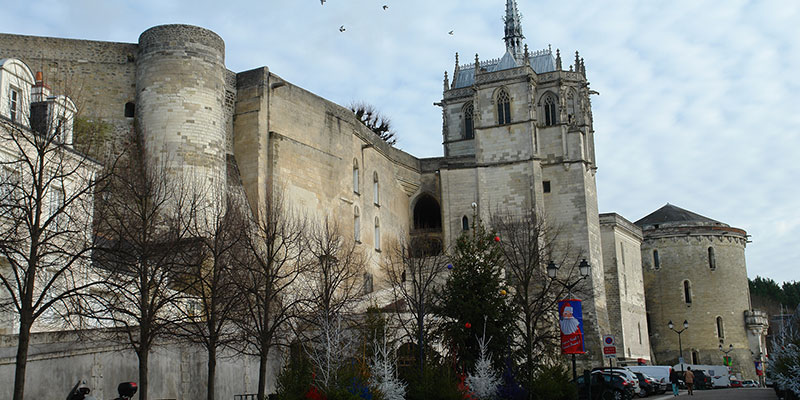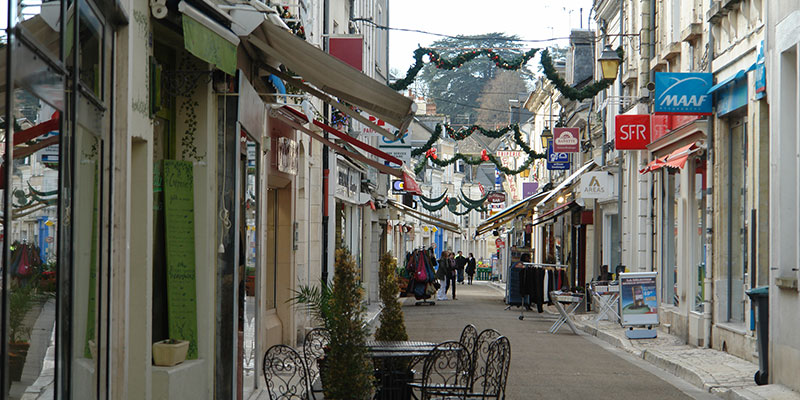Amboise lies on the banks of the Loire River, 17 miles (27 km) east of Tours. Amboise was once home of the French royal court, and today is a small market town.

The city is famous for the Clos Lucé manor house where Leonardo da Vinci lived (and ultimately died) at the invitation of King Francis I of France, whose Chateau d'Amboise, which dominates the town, is located just 500 m (1,640 feet) away.

At the beginning of 1516 Francis I had a manor-house, situated not far from the castle ready for the arrival of Leonardo da Vinci, who, at the age of over sixty, had consented to leave his native country and place his genius as painter, engineer, and architect at the King's service. He had been in declining health for some time before. and he lived but three years after his arrival at Amboise.

Leonardo da Vinci spent the last years of his life in Amboise and is buried in a chapel on the property.

Some models of his inventions are still there and have not been removed. The house has lost some of its original parts, but it still stands today and has a beautiful overlook of the gardens and the town below.

The Chateau at Amboise was home to Mary Stewart, Queen of Scots, for much of her early life, being raised there at the French court of Henry II. She arrived in France from Scotland in 1548, aged six, remained in France until 1561, when she returned to her homeland - sailing up the Firth of Forth to Edinburgh on 15 August that year.

Francis I, who, having spent part of his youth at Amboise, continued to live there during the early years of his reign, made such further additions to the castle as were needed to bring it practically to a finished state.

In the seventeenth century it was degraded to the level of a State prison, the most illustrious man to be enclosed within its walls being Nicolas Fouquet, that dishonest Superintendent of Finance of Louis xiv who, with his embezzled millions, built the magnificent Chateau of Vaux.

The narrow streets contain some good examples of timbered housing. A 19th-century fountain by John Oswald of a turtle topped by a teddy bear figure, standing in front of the spot where the markets are held.
Clovis I (c. 466-511) and the Visigoths signed a peace treaty of alliance with the Arvernians in 503, which assisted him in his defeat of the Visigothic kingdom in the Battle of Vouille in 507. Joan of Arc passed through in 1429 on her way to Orleans to the Battle of Patay.

The Amboise conspiracy was the conspiracy of Conde and the Huguenots in 1560 against Francis II, Catherine de' Medici, and the Guises. The Edict of Amboise (1563) conceded the free exercise of worship to the Protestants.

The town of Amboise is about 11 miles (18 km) away from the historic Chateau de Chenonceau, situated on the Cher River near the small village of Chenonceaux. Its former name was Ambacia, from the old name of the river and marsh Amasse.
